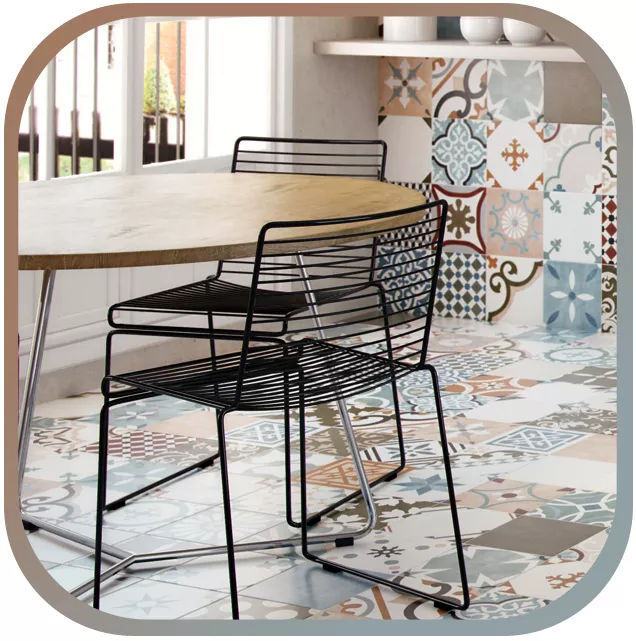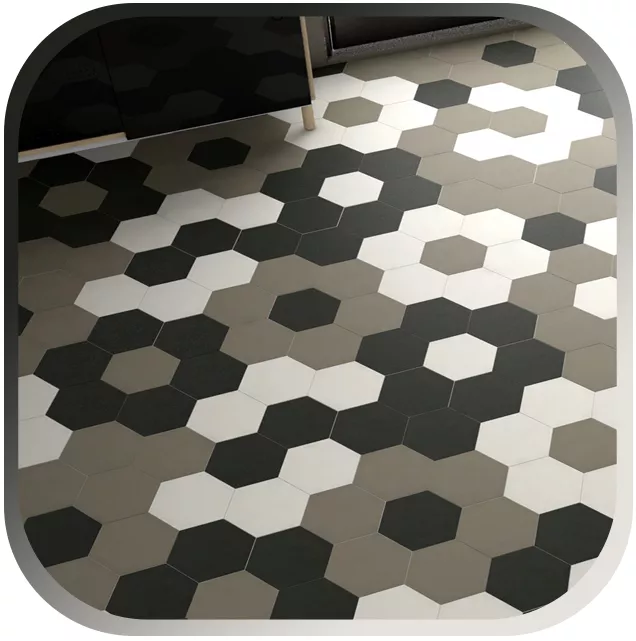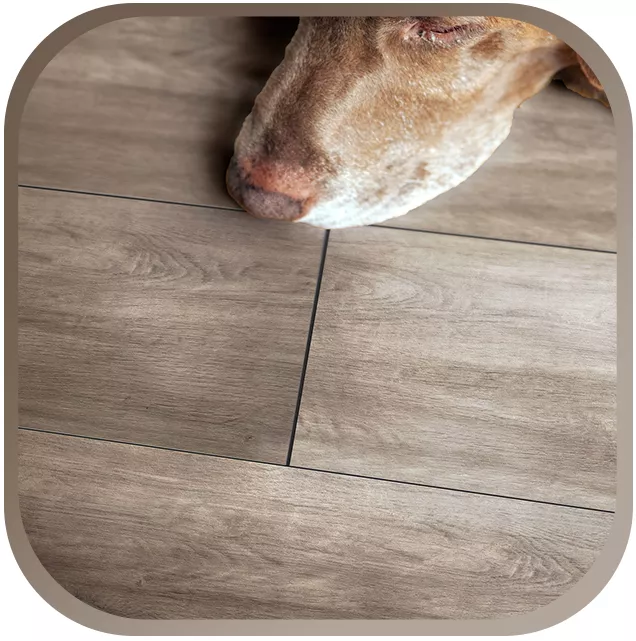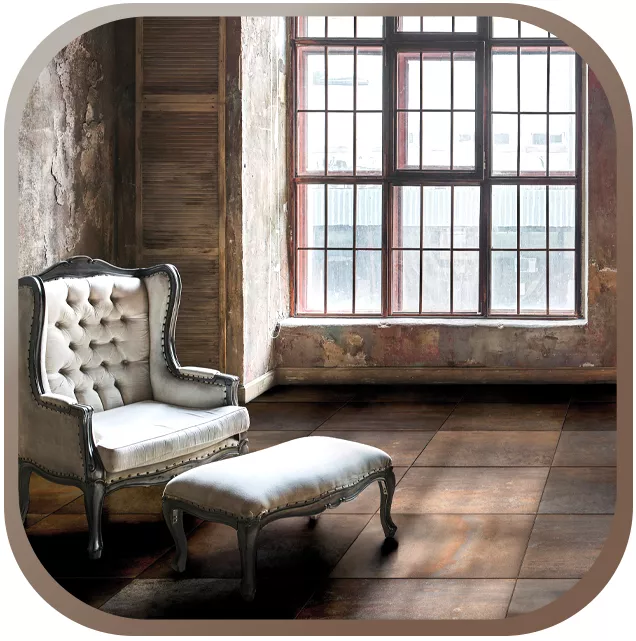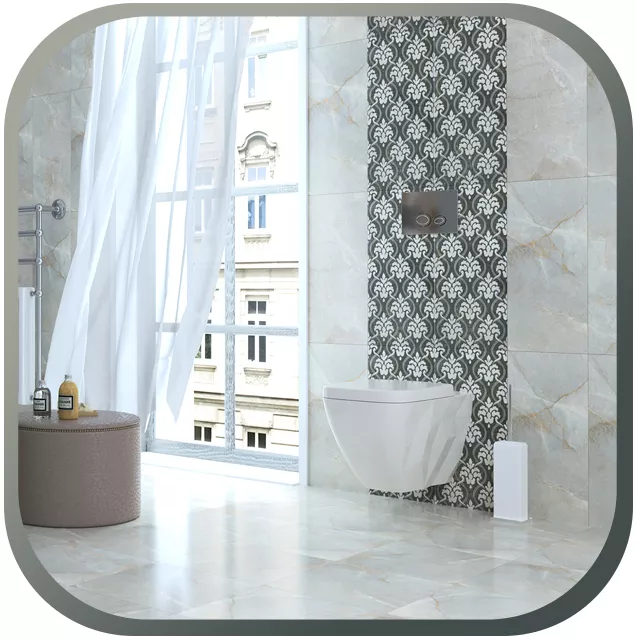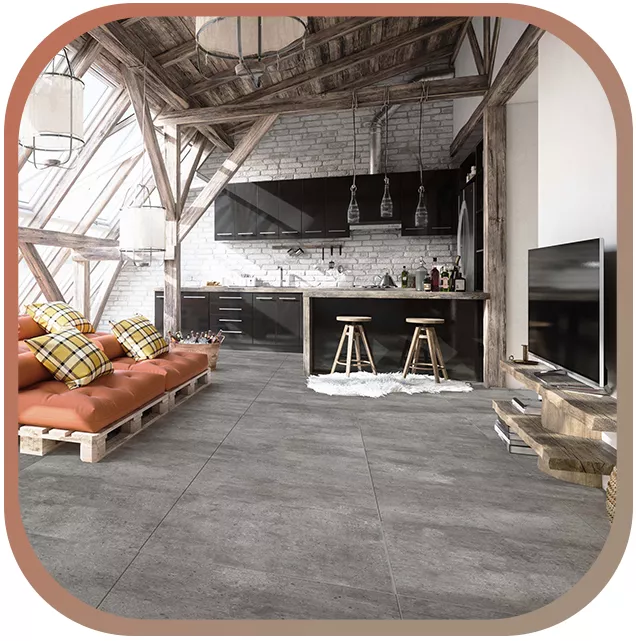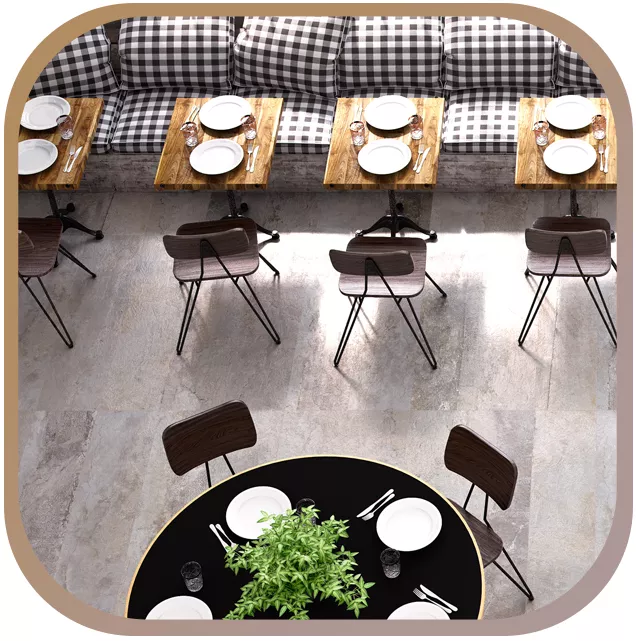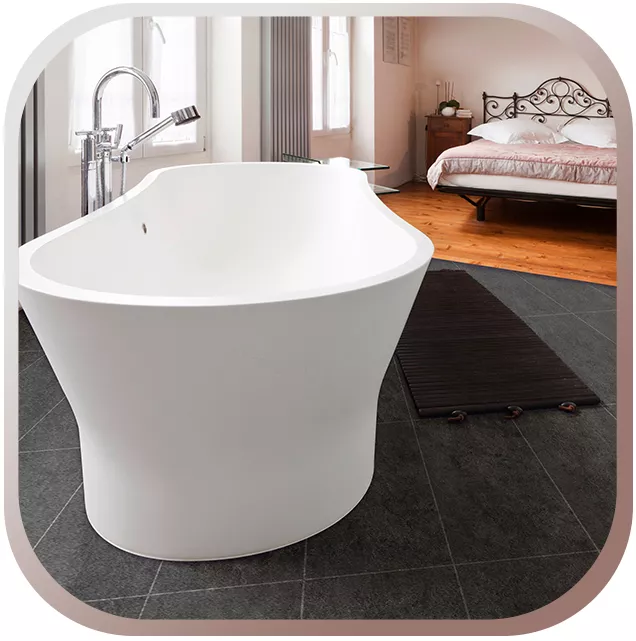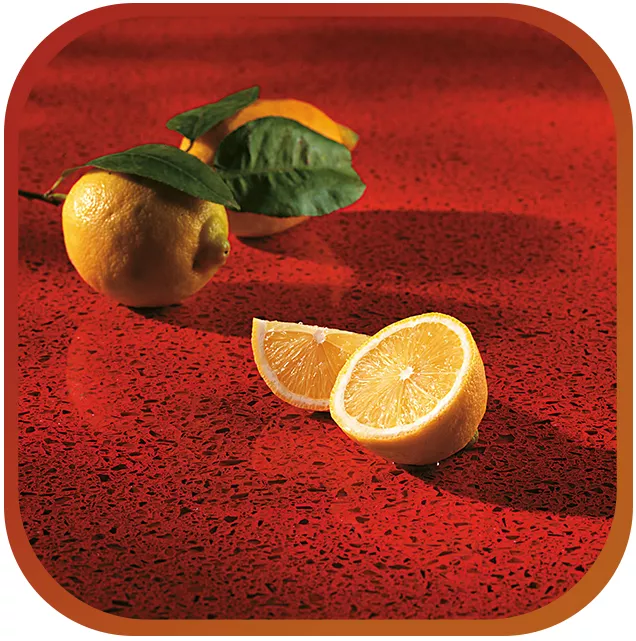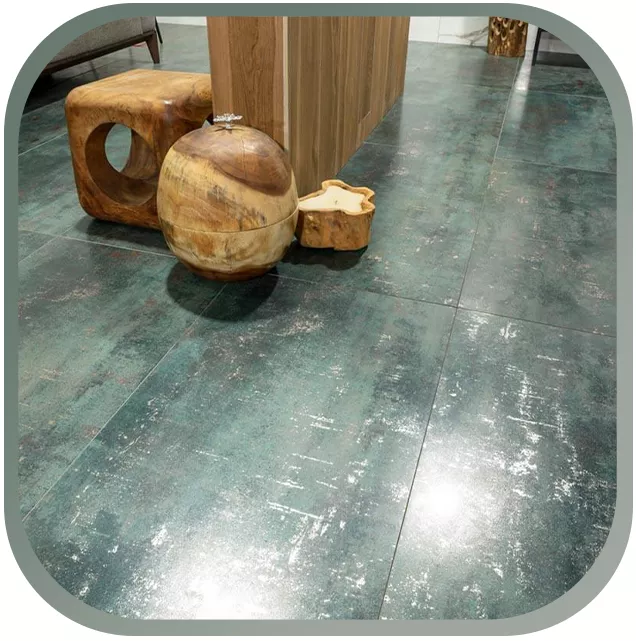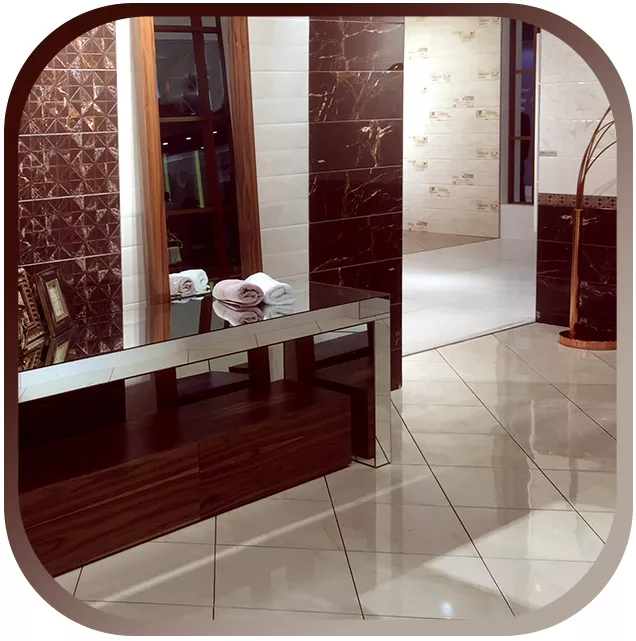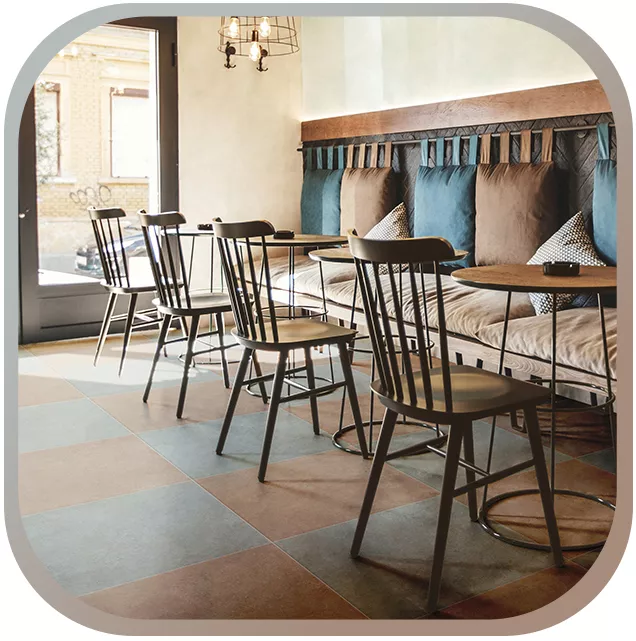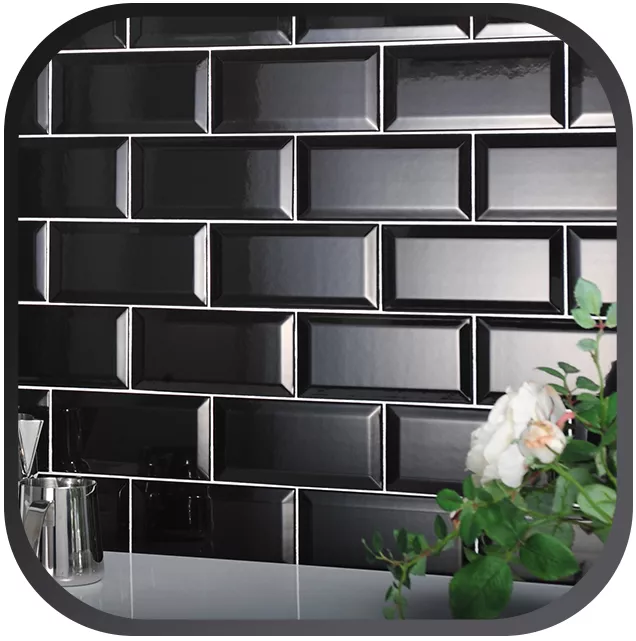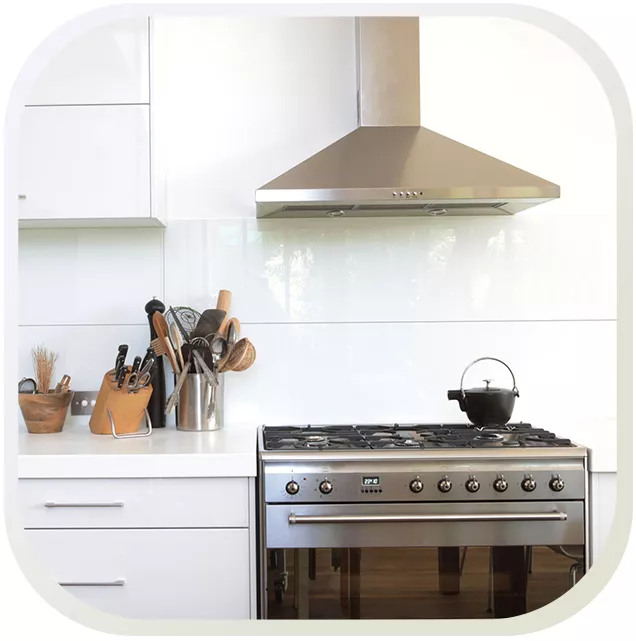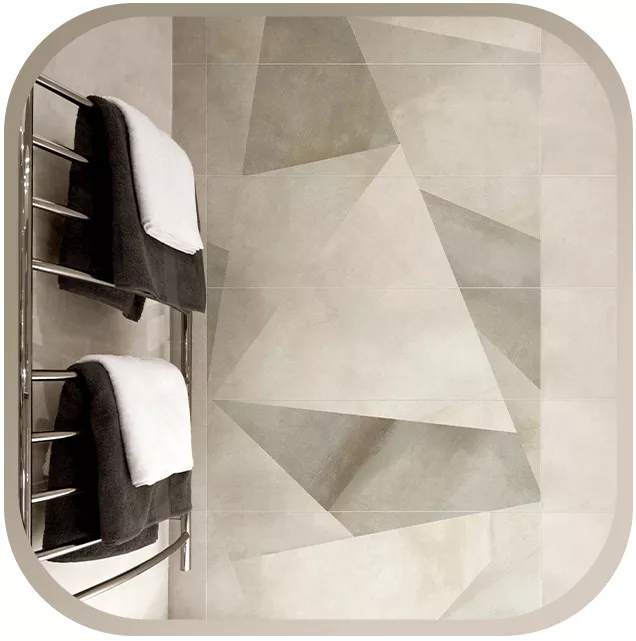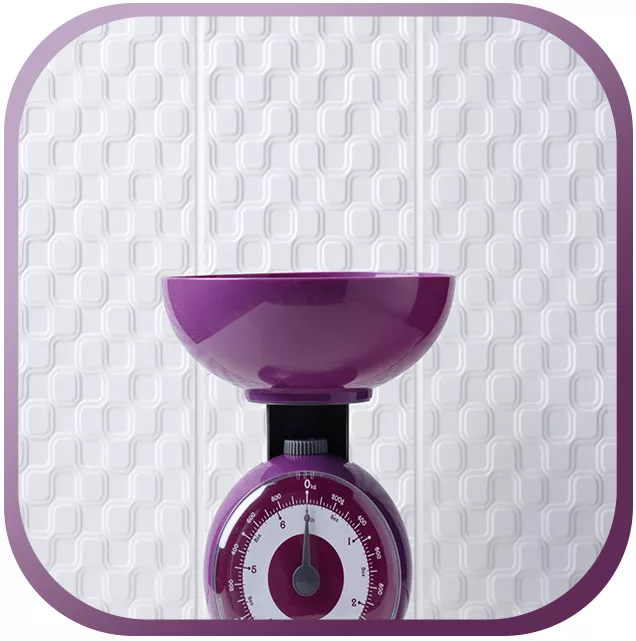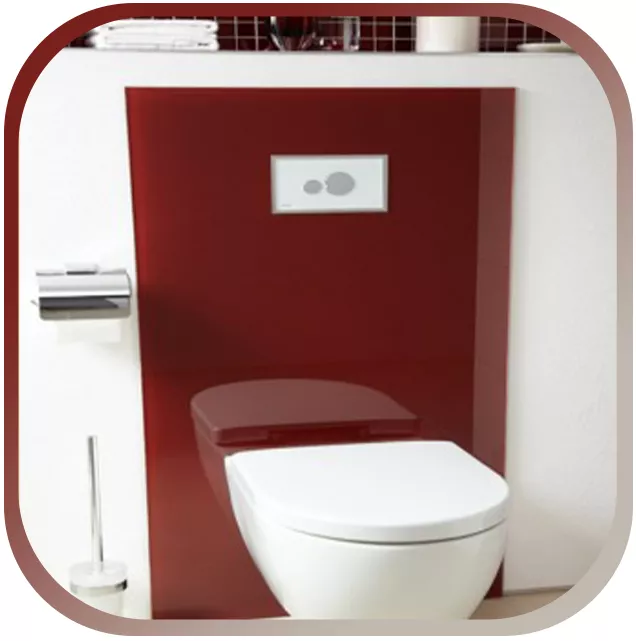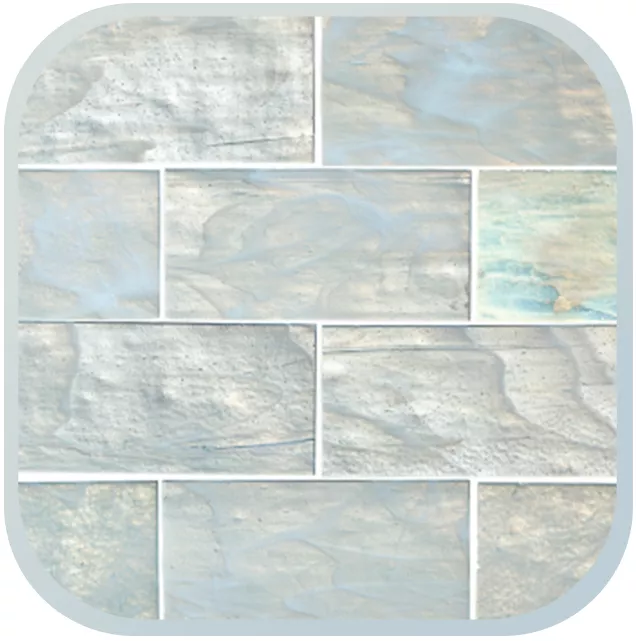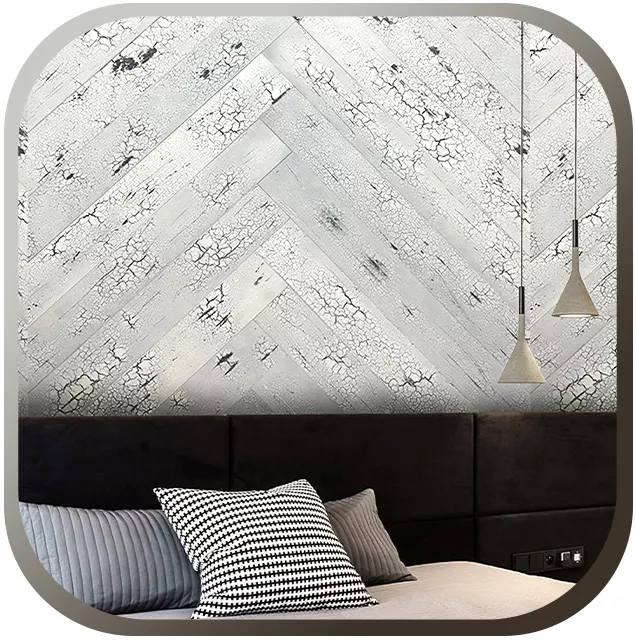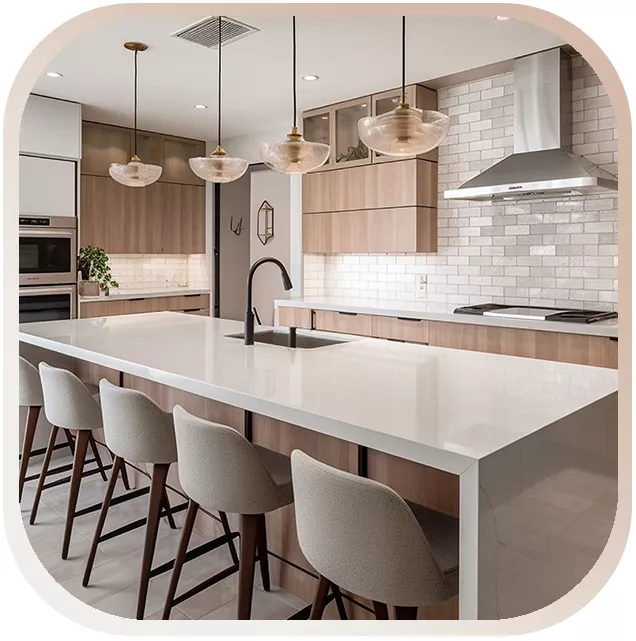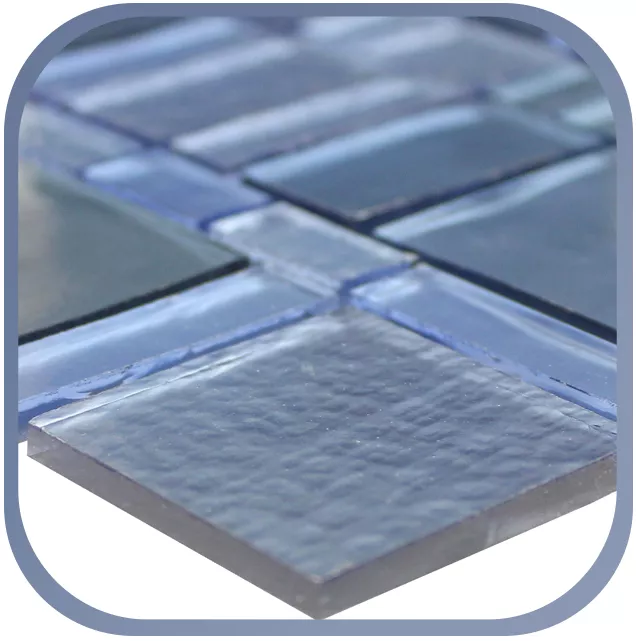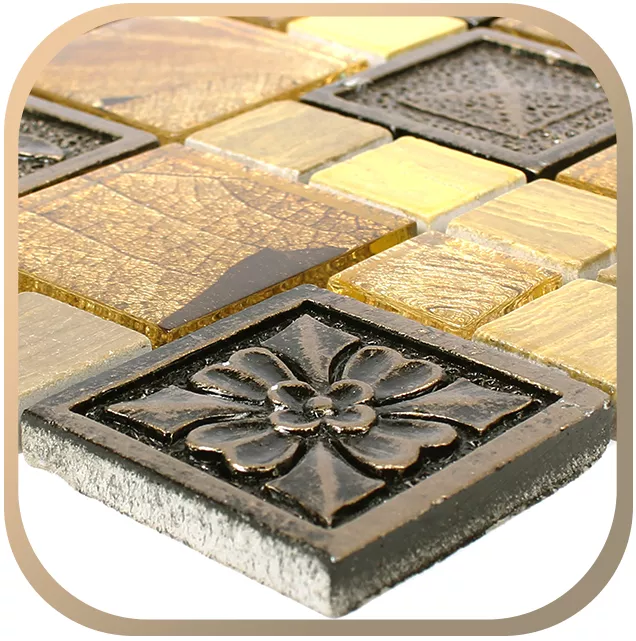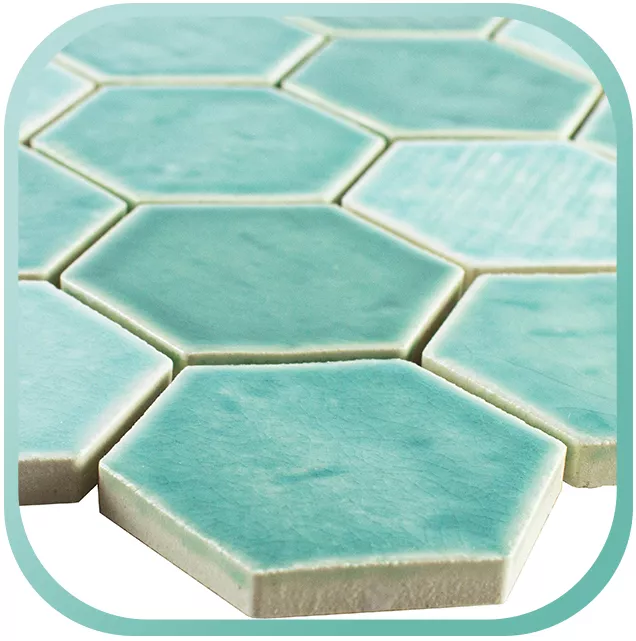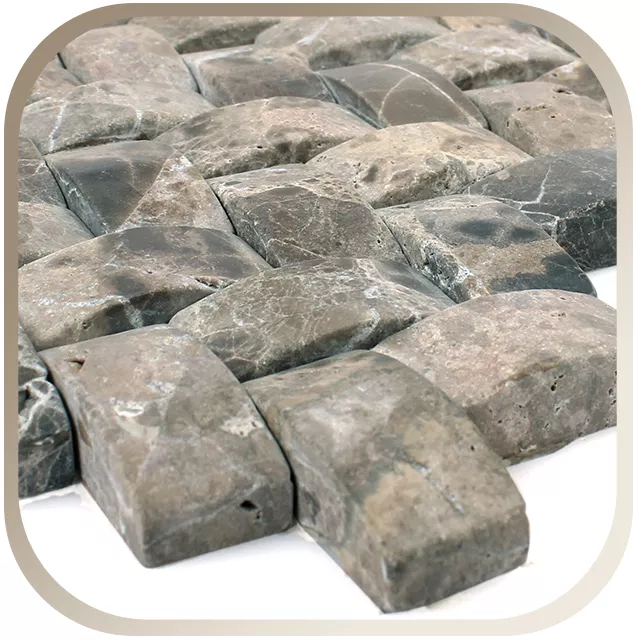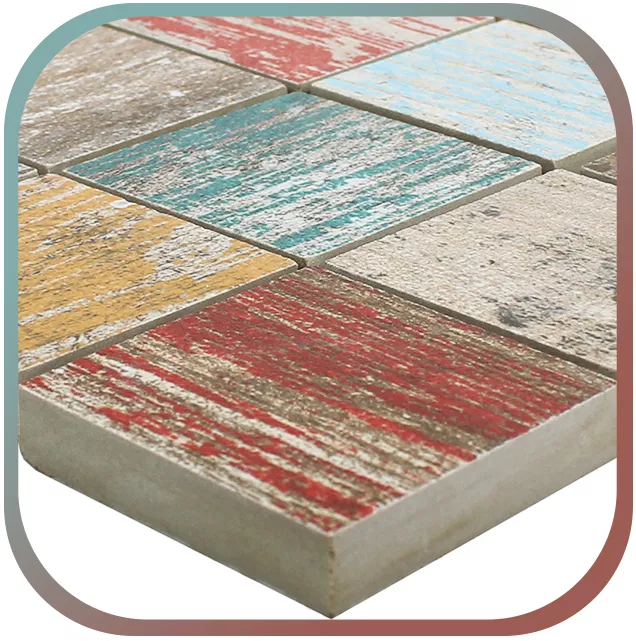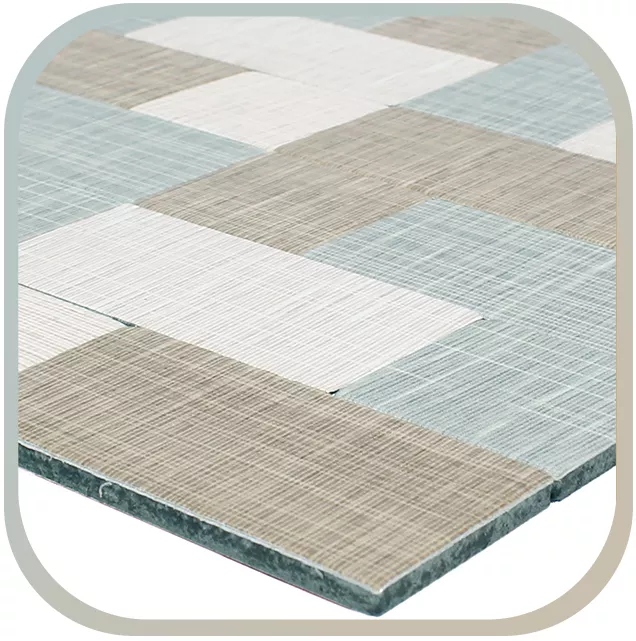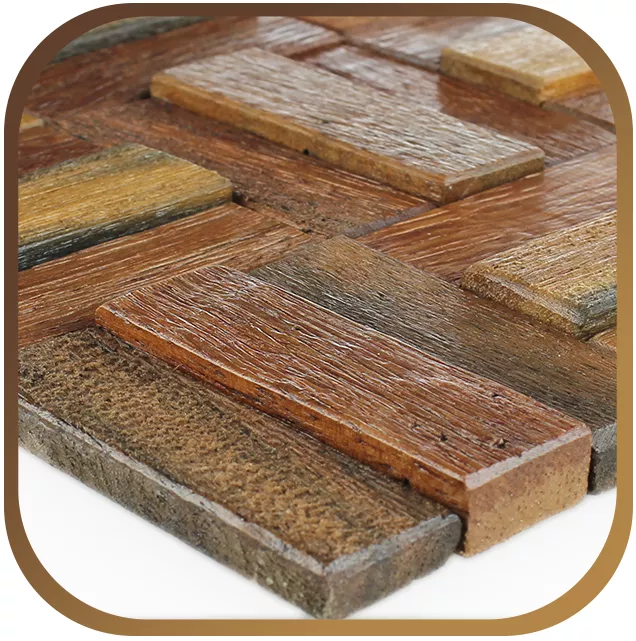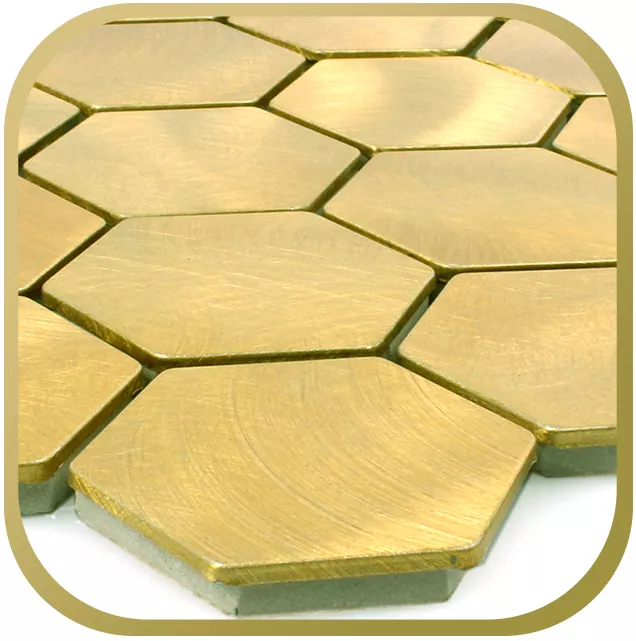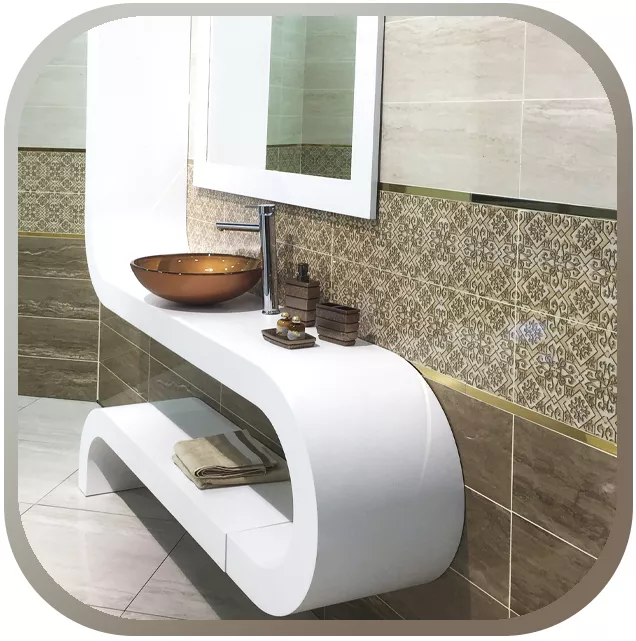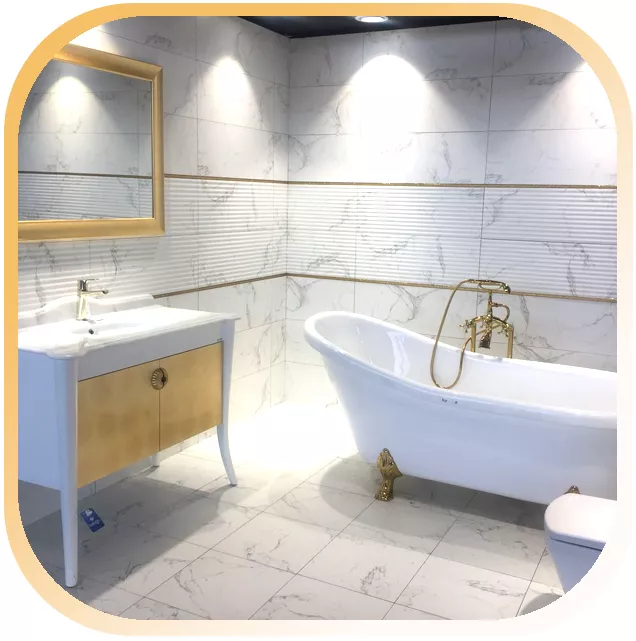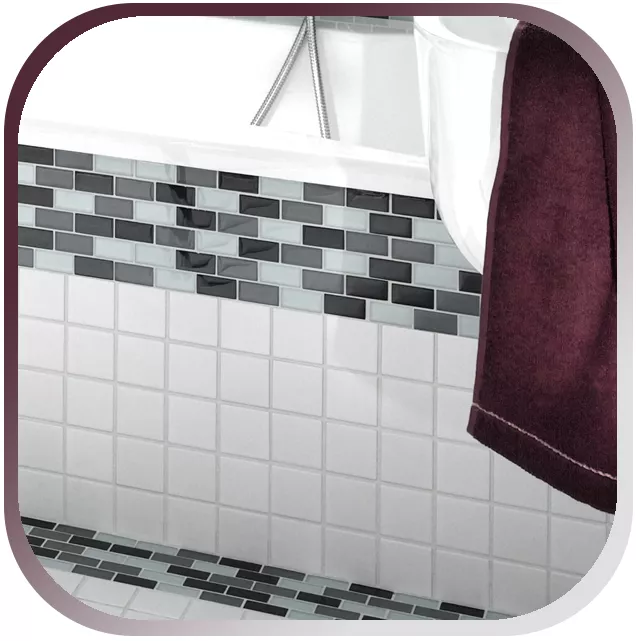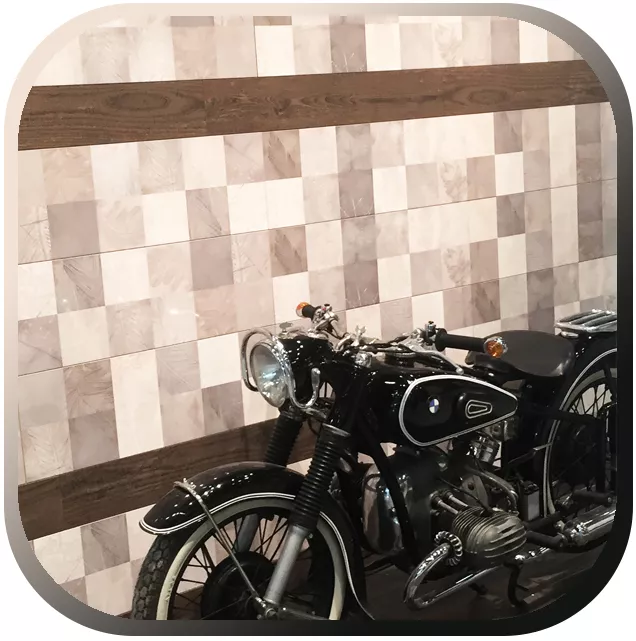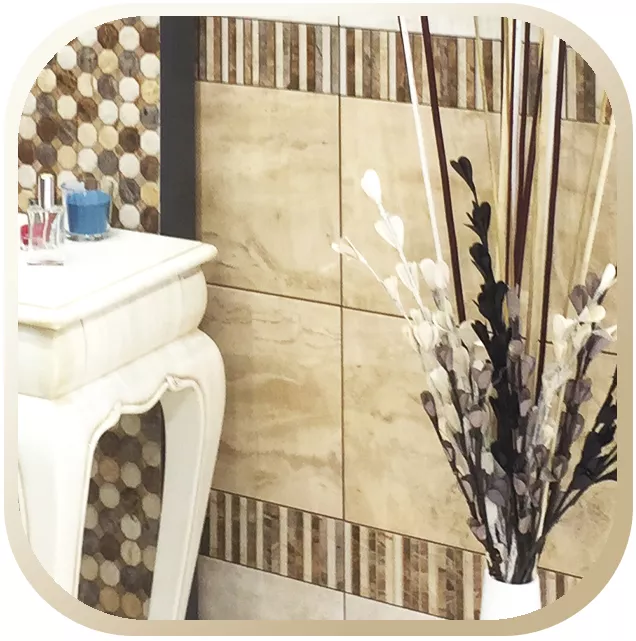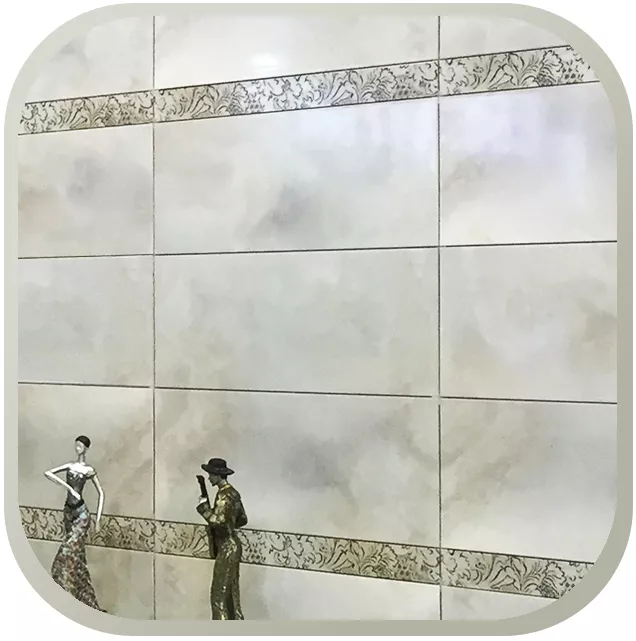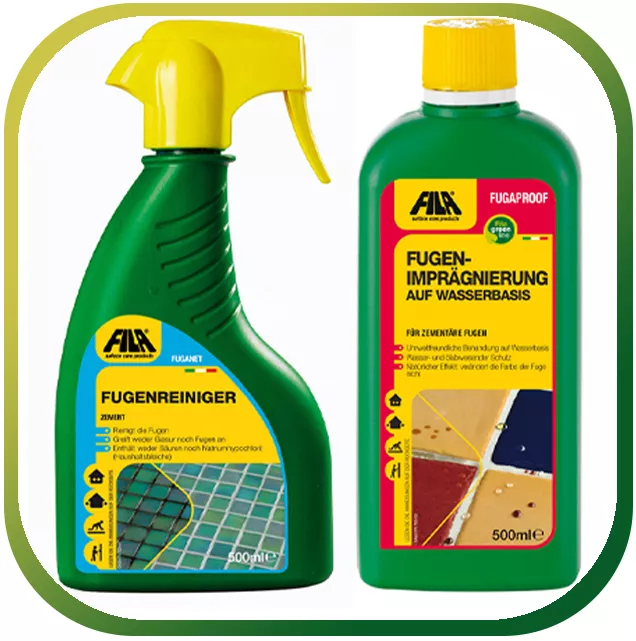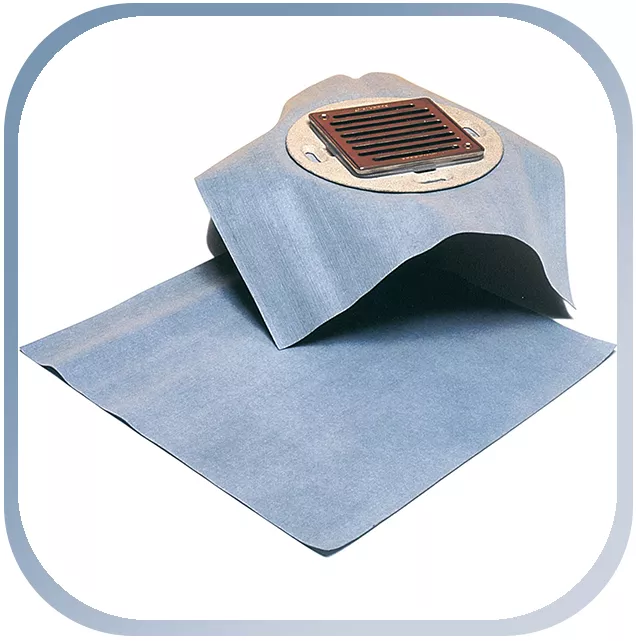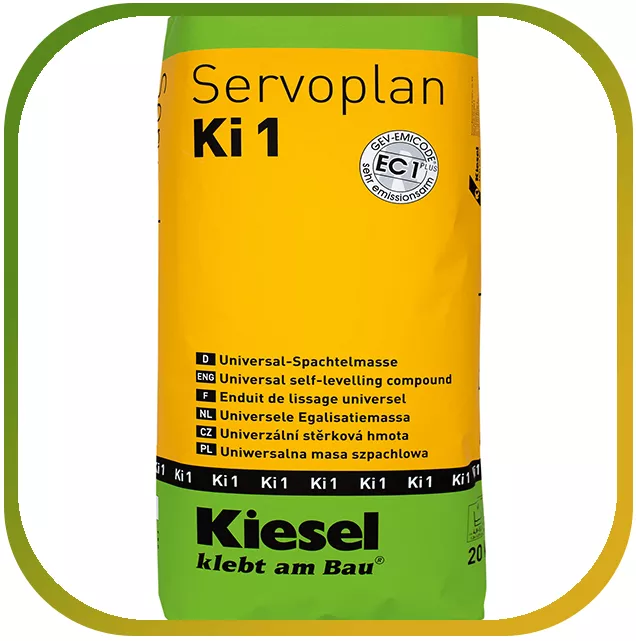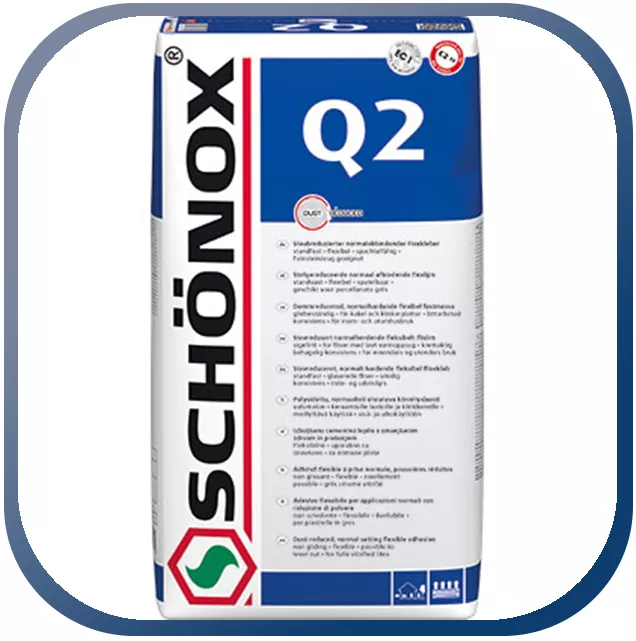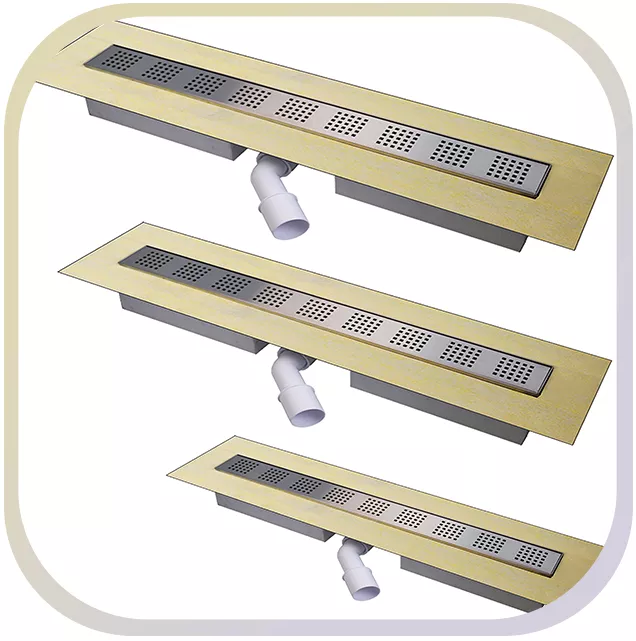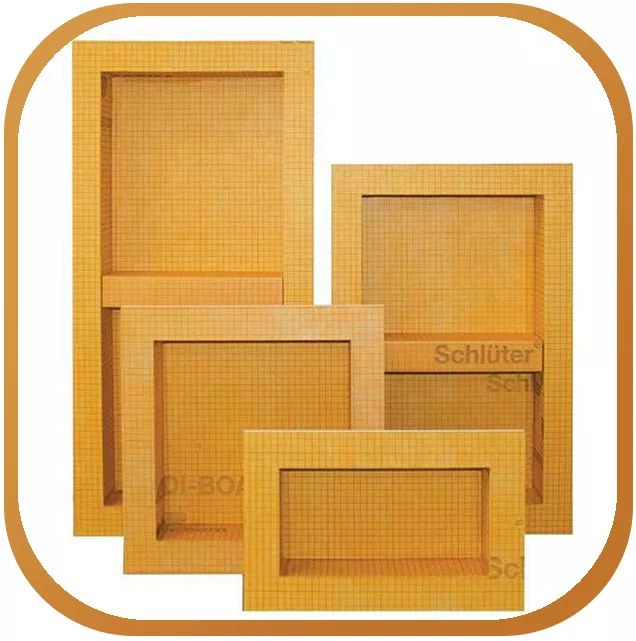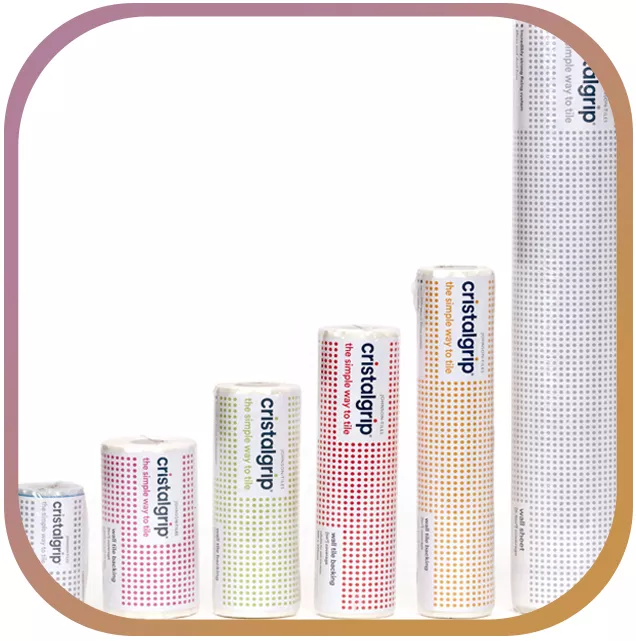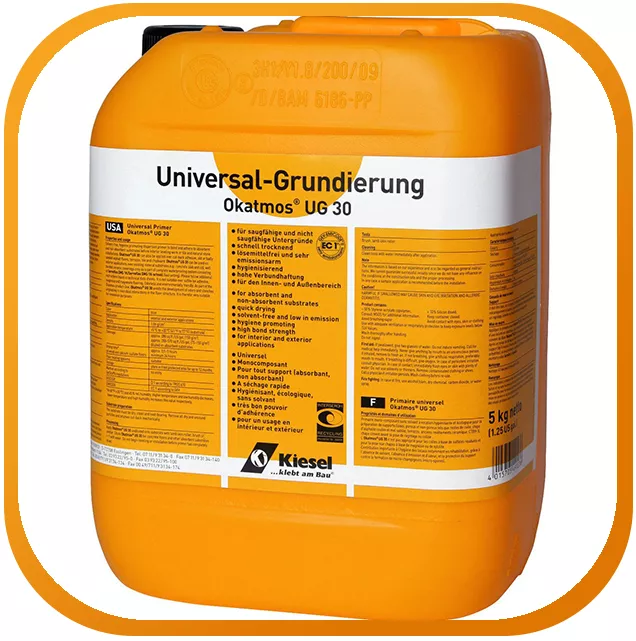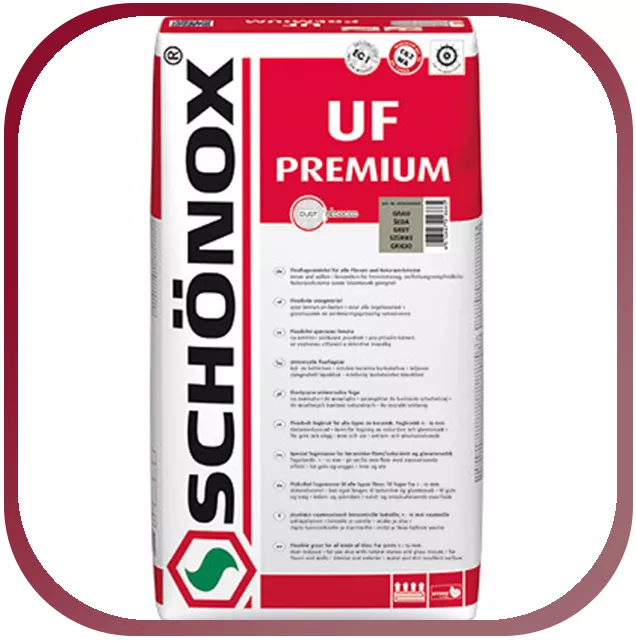Interesting facts about natural stone
Natural stone / types of rock

All rocks are generally called natural stones. The definition of the term "rock" is a mixture of minerals. Natural stones that are considered or processed economically are called natural stones or quarry stones. The natural stones used come mostly from India, China, South Africa, Brazil, Italy, Turkey, Spain and Scandinavia. The natural stones belong to the cultural wealth of the respective countries of origin and the naming is bound to the respective country. Natural stones can be divided into loose rock (these are not natural stones) and solid rock according to their appearance. The technical processing criteria are defined by hard rock and soft rock. This division is necessary for stonemason workshops in which the stones are machined, machine sawn or ground. The properties of the natural stone, or for later use, depend on the chemical attack or the environmental influences. For the retail trade, natural stones are subject to suitability tests according to European standards. Natural stones can be divided into three rock classes according to their origin: Solidification rock (igneous rocks): A igneous rock forms through solidification (crystallization). A distinction is made in Plutonite as deep rock (these are located at a depth of more than 5 km), in sub-volcanic rocks which have cooled down to depths between 0 and 5000 meters and in volcanic rocks, which are of volcanic origin. Natural stone is used as flooring and floor tiles for interior design, as well as in industry, in horticulture, interior design and much more. Used for facade cladding (e.g. also wall tiles), stairs and floor coverings (e.g. floor tiles) as well as sculptures.
Natural stones are mined in quarries and brought to the appropriate size in stone processing companies, where the surfaces are also processed. The attraction of the natural stone lies in the color irregularities.Visit us in our showroom in Hamburg and see for yourself.
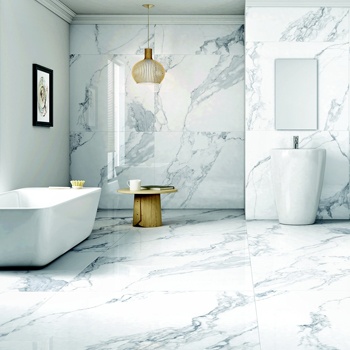
In construction, the use of natural stone has further advantages:
Natural stone is anti-allergic Natural stone is obtained in an energy-saving manner Natural stone is non-flammable Natural stone is abrasion-resistant Natural stone can be recycled because it is a natural product. The stone surfaces of natural stone depend on several influences, such as the family of rocks, as well as the density and nature of the individual minerals in the rock. Natural stone has many different colors and different surfaces.Lime-containing natural stones (limestone and marble) are sensitive to acid and must therefore be cared for and cleaned differently than other natural stones, especially if they are used as floor tiles. They are not too durable and are therefore often used indoors
Granite is a very hard natural stone and is used outdoors, where there is high stress.
Processing natural stone:
In the companies responsible for this, the raw blocks are sawn into panels, depending on the desired thickness, which are usually 20, 30 or 40 mm. The panels are then shortened to the appropriate size in width and length.
The following size standards apply to floor coverings:
Floor covering in strips with 15mm; 20mm; 30mm thickness. The web widths of 150mm, 200mm, 250mm, 300mm or 400mm are common. Natural stone tiles with a thickness of 10mm have a standard format of 305 x 305mm; 610 x 305mm, 300 x 150mm. Other formats are also available.
Travertine is a limestone with a light, sandy, yellowish to brown color. It is a fresh water lime that is obtained from fresh water sources. The sources contain calcium and hydrogen carbonate ions as well as carbon dioxide, the travertine consists of calcium carbonate. Travertine is porous and has cavities that are created by plants and make up the external structure. It is easy to break, saw and is suitable for grinding and polishing. Natural stone travertine is therefore considered a building block and for decoration e.g. for facades (wall tiles), as flooring (floor tiles, tiles) or as a door and window frame (borders). The travertine is used with open pores or with a spatula. Despite their water absorption of 0.3-3.0%, travertines are frost-resistant. It has a low weight and a comparatively low strength. This makes it easy to work with and also offers greater slip resistance compared to marble. Another advantage is that scratches are barely visible on the surface.Not only a very lively sight, it is also comparatively inexpensive to use. Travertine stands out visually with warm tones that create a touch of Mediterranean lifestyle in your living area. Travertine tiles (floor tiles, wall tiles, travertine mosaic, borders made of travertine) fit everywhere and guarantee a Mediterranean feeling

Marble is a stone with light, cream-colored pastel shades or dark, noble colors. The ancient beauty of the marble is only one characteristic that makes this natural stone. Marble is timeless and retains its recognition value worldwide. It is a rock that consists of the minerals calcite and dolomite and is therefore a carbonate rock. The extraction of marble is still complex; in the past, marble was extracted from chasms. Nowadays, thanks to technical innovations, procurement has become easier.
You can see marble optically through the individual crystals, which glitter depending on the incidence of light. Marbles are very popular in interior design. They are used for decoration, for facades, as floor coverings, as tiles and for sculptures. Available from us: marble mosaic, marble mosaic, marble borders, glass mosaic marbled, marble mosaic tiles, marble sink.
Slate
Slate is a rock of black, gray, bluish gray, greenish, yellowish, red or violet color. A characteristic of slate is its high cleavability and the difference in surface. There are almost flat to extremely rough surfaces. It is a fine-grained rock with a high proportion of clay minerals and is therefore also called clay rock. Mining technology is nowadays handled with the help of machines. It is used as facade material and has a very long shelf life. Available from us: slate mosaic, slate mosaic decor porcelain stoneware, slate mosaic, floor tiles slate porcelain stoneware, slate mosaic tiles.
Quartzite
Quartzite is a rock that has a white-gray or white color in its pure form. The addition of iron minerals creates yellow and red colors. It is fine to medium-grained, consists of interconnected quartz grains and has a quartz content of at least 98%. Quartzite is also defined as silicified sandstone. Due to the high mineral content, it is one of the hardest rocks and is often used for interior and exterior construction. In the interior, quartzite is used as a floor covering, e.g. as floor tiles, due to its advantageous splittability. It is very resistant and can withstand influences.
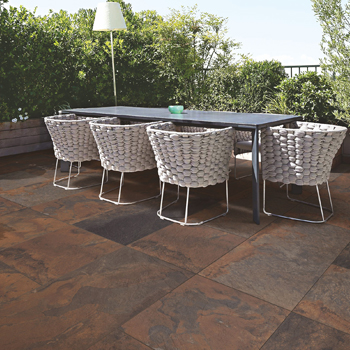
Onyx marble is neither marble nor onyx, but is derived from them. Common colors are white, yellow, orange, red and green in light and dark tones. The mineral deposits result in a multicolored overall picture, which is particularly beautiful.
Onyx is applied to limestones and is very similar to them. It is a rock that originated from a freshwater lime. Onyx consists of the minerals calcite or aragonite. They are very transparent in the light and have a wonderful effect.
Available from us: onyx marble mosaic, mosaic made of onyx marble, glass marble mosaic tile mix. Granite is a deep magma stone from light gray to bluish red and yellowish color. The effects of the mineral content and the environmental influences are the main reasons for the coloring. It is medium to coarse-grained, coarse-crystal and massive, contains quartz and feldspar, as well as dark minerals such as mica. Granite is extracted from the lower crust of the earth and varies in hardness depending on the active ingredient content. After numerous processing processes, it becomes the hardest and most resistant natural stone and is therefore suitable for indoor and outdoor construction
Any questions? We are happy to assist you by email or phone. Your Mosafil team.

